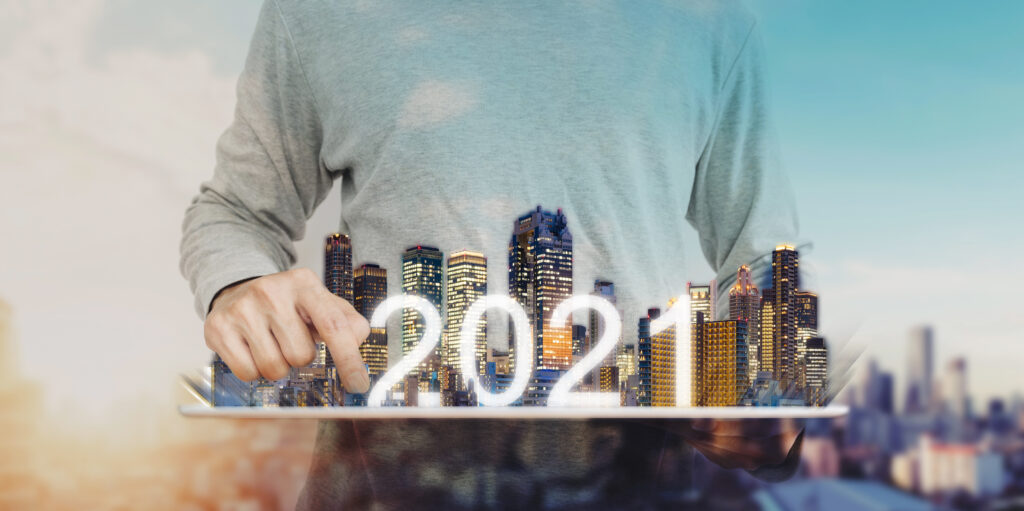
It is widely accepted that 2020 changed numerous aspects of daily life and impacted almost every US industry, including architecture. An architect’s job is to build habitable spaces that can improve daily tasks and provide a comfortable living environment for both groups and individuals. In the upcoming year, members of the architecture community will likely use 2020 experiences to create new, unique spaces that solve many of the challenges faced during the COVID-19 pandemic. David DeQuattro, AIA, NCARB, LEED AP, MCPPO at RGB Architects, believes that the architecture field will likely experience significant changes during 2021 and is excited to see architecture’s answer to the challenges of space highlighted by the COVID-19 pandemic. Below, David L. DeQuattro of RGB Architects will discuss some of the trends expected to take place in 2021 and how COVID-19 has likely impacted the future of architecture.
Redefining Social Spaces After a Pandemic
One of the biggest concerns that the COVID-19 pandemic has highlighted is the lack of space in many American cities and communities. While social spaces exist in US communities, the areas are often restrictive and not built to accommodate America’s growing population. In 2021, smart city projects have grown in popularity, with many showcasing new designs for public spaces. Social distancing has created a unique problem for architects and their concept of a social meeting area.
Focus on Steel as a Material
Known for being a preferred material for its sustainability and modern style, steel has been spotted in many new landmark structure plans for 2021. While steel has long been seen as a combination material in conventional Indian architecture, it has recently been adopted by modern Western commercial and residential architects. From metal canopies to gravity-defying floating stairs, architects are finding new and unconventional ways to include steel in contemporary architecture.
Multi-Functional Homes as the New WorkPlace
One of the most widely discussed aspects of the COVID-19 pandemic has been the struggles of living within the home 24/7. Households are primarily designed to be lived in for a portion of the day, only serving a few functions. Since the implementation of stay-at-home orders in March, the majority of American adults have found themselves working from home with their children participating in online schooling. Space, privacy, and noise pollution are now at the forefront of homeowner concerns and will likely be addressed in future architecture designs.
